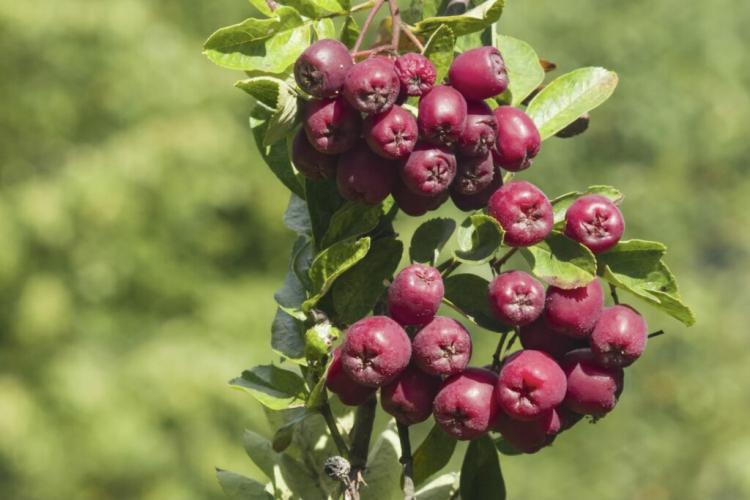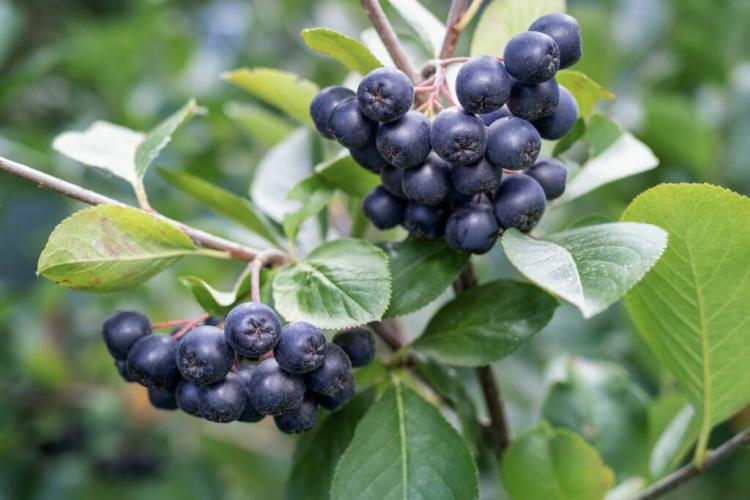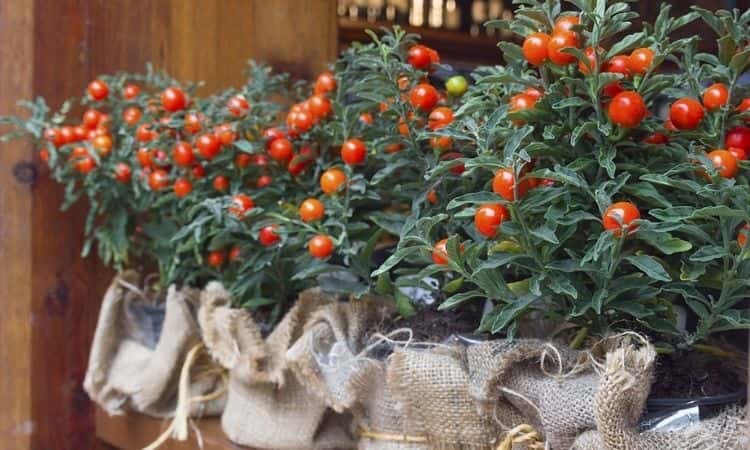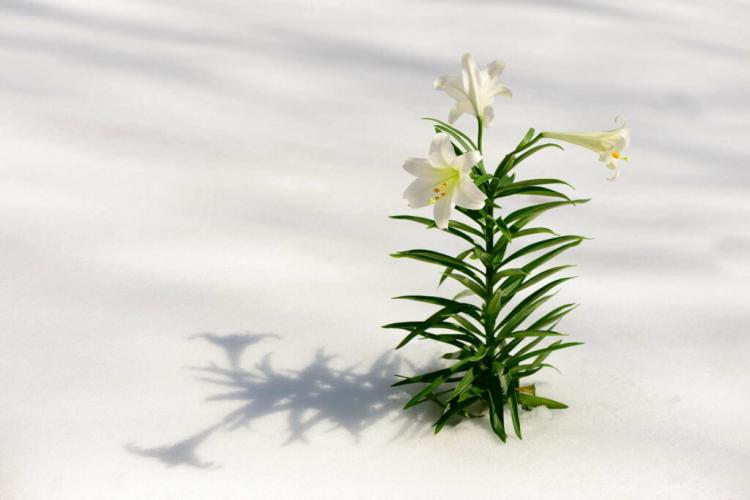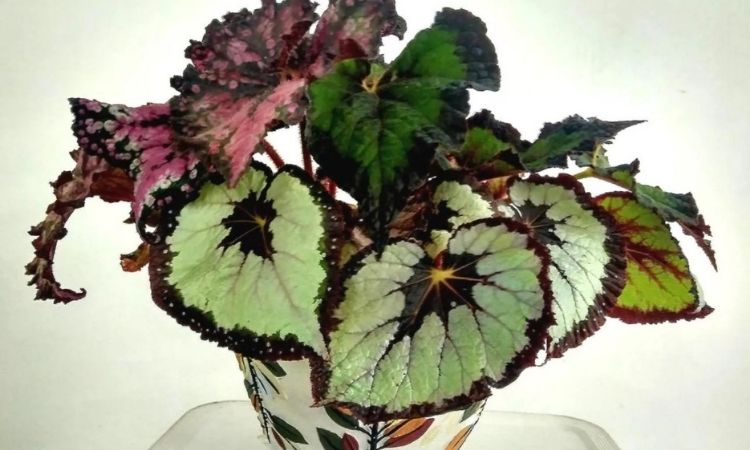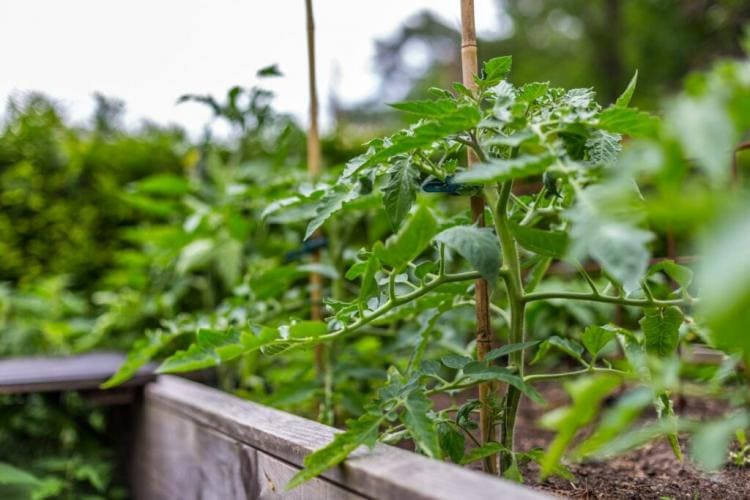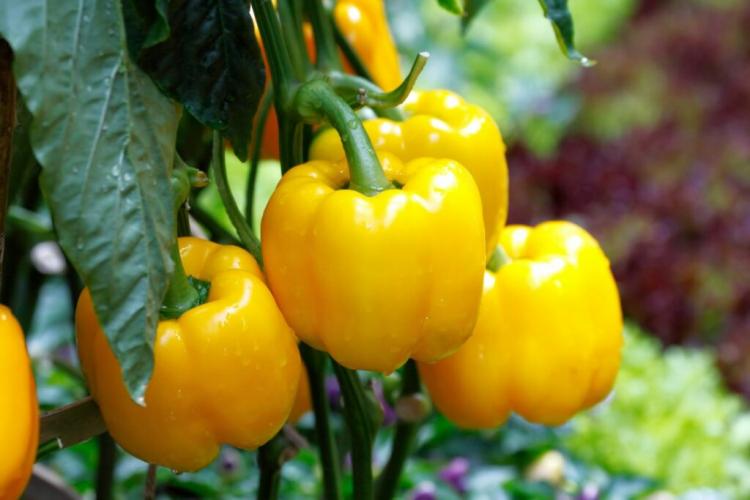The Most Popular Chokeberry Varieties
The selection of Aronia species and varieties is large and ranges from red or black-fruited chokeberries to unusual hybrids. We present the best types and varieties of Aronia.
The chokeberry ( Aronia ) can be found in more and more gardens because, in addition to their splendid autumn colors, the extremely healthy fruits are also increasingly valued. But before planting, the first thing to do is choose the species and variety. We introduce you to the three most important types and varieties of chokeberry as well as other exciting hybrids.
You might so like: Mulberry Varieties: Overview Of The Red, Black, And White Mulberry
Chokeberry varieties and species at a glance
Table of Contents
The chokeberry ( Aronia ) comes from North America and developed there into the two types of bald chokeberry ( Aronia melanocarpa ) and felty chokeberry ( Aronia arbutifolia ). The plum-leaved chokeberry (Aronia x prunifolia ) emerged from these two in a cross. Chokeberries belong to the rose family (Rosaceae). They are distantly related to apple ( Malus ) and rose ( Rosa ), more closely related to the European mountain ash ( Sorbus aucuparia ).
The flowers and fruits are very similar in shape and it is no coincidence that the synonyms for Aronia come from: “Black mountain ash” or “dwarf ash”. This is how several exciting natural crosses and breeds of Aronia and mountain ash emerged, which we would like to introduce to you below under X Sorbaronia.
Aronia melanocarpa: The black chokeberry
The name of this type of Aronia is made up of the Greek words melano from “mélas” (black) and carpa from “karpós” (fruit) and thus indicates the striking fruit color. The black or bald chokeberry has small elliptical leaves and shiny black fruits with a diameter of 6 to 10 mm. The plants are not hairy, which distinguishes them from other species. After a few more varieties were assigned to Aronia x prunifolia, only one is available as a variety.
- ‘Hugin’: Aronia variety from Sweden, which can be propagated properly using your own seeds. This is possible because this variety produces fruits and seeds without pollination, which carry the same genetic information. The approximately 1.5 m high bushes bear plenty of fruit, which can be harvested from mid-September to mid-October. The chokeberry ‘Hugin’ is also extremely hardy to -35 ° C.
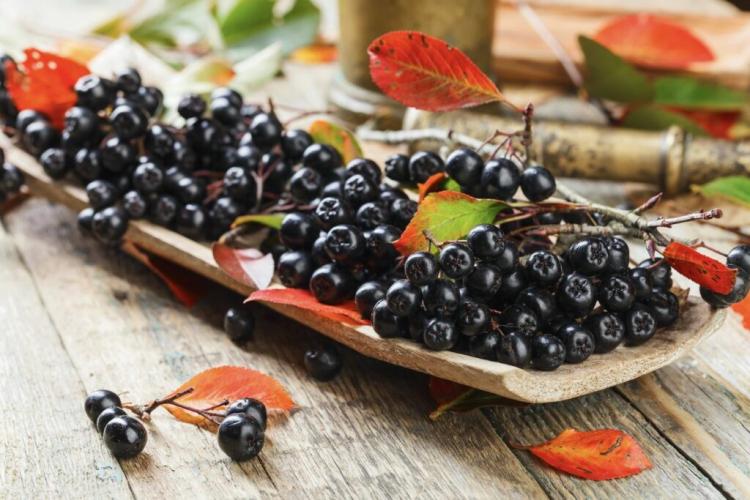
Aronia x prunifolia: The plum-leaved chokeberry
The plum-leaved chokeberry emerged from a cross between Aronia melanocarpa and Aronia arbutifolia. The plants are slightly hairy and have larger leaves than the black chokeberry, but the same fruit color. The black-violet fruits are not very shiny, rather dull, and weigh 1 to 1.5 g each. The following varieties belong to the plum-leaved chokeberry:
- ‘Aron’: A variety from Denmark with very good fruit trimmings. The fruits are slightly smaller than other varieties.
- ‘Nero’: Chokeberry with a late but high yield of medium-sized fruits, which are grouped in large corymbs. The bushes of the Aronia ‘Nero’ grow more upright than the wild form A. melanocarpa.
- ‘Viking’: Chokeberry from Finnish cultivation with large fruits weighing around 1.5 g. The richly draped shoots hangover at harvest time. The plants of the Aronia ‘Viking’ reach a height of 1 to 1.5 m.
- ‘Rubina’: Hungarian cross of ‘Viking’ with a Russian variety. The large, up to 1.8 g heavy fruits ripen early on 2 m high bushes from the beginning of August.
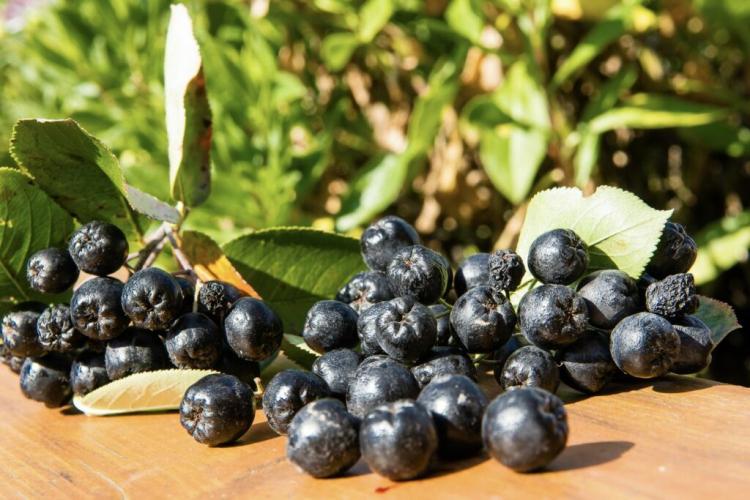
Aronia arbutifolia: The felty chokeberry
The felt chokeberry is also known as the red chokeberry because the fruits remain bright red even when fully ripe. This species occurs wild in North America and delights with its bright dark red autumn color late in the year. It reaches heights of 1 to 2 meters and is extremely hardy and robust against all pests and diseases.
- ‘Brilliant’: Chokeberry with initially upright and later overhanging growth up to 2 m in height. The white flowers with pink stamens sit loosely on the shoot from May to June. The red fruits ripen from mid-August and taste sweet and sour. The orange-red autumn color of this variety is particularly splendid.
- ‘Erecta’: upright, up to 2.5 m high, and wide felty chokeberry. After the flowering period in May and June, pea-sized, red fruits ripen from August. The shrub, which is bright red in autumn, forms many runners.
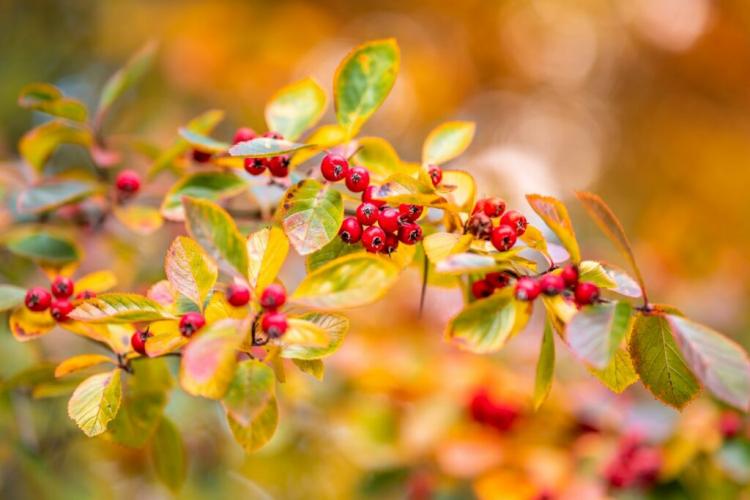
X Sorbaronia: Aronia-mountain ash hybrid
- ‘Fallax’: Cross between mountain ash ( Sorbus aucuparia ) and Aronia melanocarpa , which is also known as mountain ash. The large shrub can be 4 m high and as wide as it is old. The fruits are red-black in color and have a sweet and sour taste. They can be eaten raw or made into jams and juice.
- ‘Ivan’s Beauty’: Cross between mountain ash and A. melanocarpa. The shrub can reach a height of 2 m and has pinnate leaves. The deep red, frosted fruits ripen in August, taste sweet and sour, and are well suited for processing.
You might so like: Service Tree: Planting And Caring For The Rare Tree
- ‘Likornaja’: cross between mountain ash and plum-leaved chokeberry. It grows like a bush to a height of 2.5 m. The yield of the black-red fruits is lower than with ‘Titan’, the taste is sweet and slightly astringent, i.e. dry and astringent in the mouth.
- ‘Titan’: Cross between mountain ash and A. melanocarpa. The small tree can reach heights of 3 to 4 m and has pinnate leaves that turn dark red in autumn. The variety is extremely productive, in good years 15 to 35 kg of the purple-red, 1.5 cm large fruits hang on a tree. The taste is sweet and aromatic, but significantly less bitter than mountain ash and therefore ideal for processing.
- ‘Saule’: A natural cross between mountain ash and the Michurin chokeberry ( Aronia mitschurinii ) discovered in Lapland. The latter was produced by the Russian breeder Michurin by crossing A. melanocarpa with other Aronia species and varieties. The small tree reaches heights of 3 to 5 m, has pinnate leaves, and bears bright red, large fruits with a sweet, aromatic taste.
